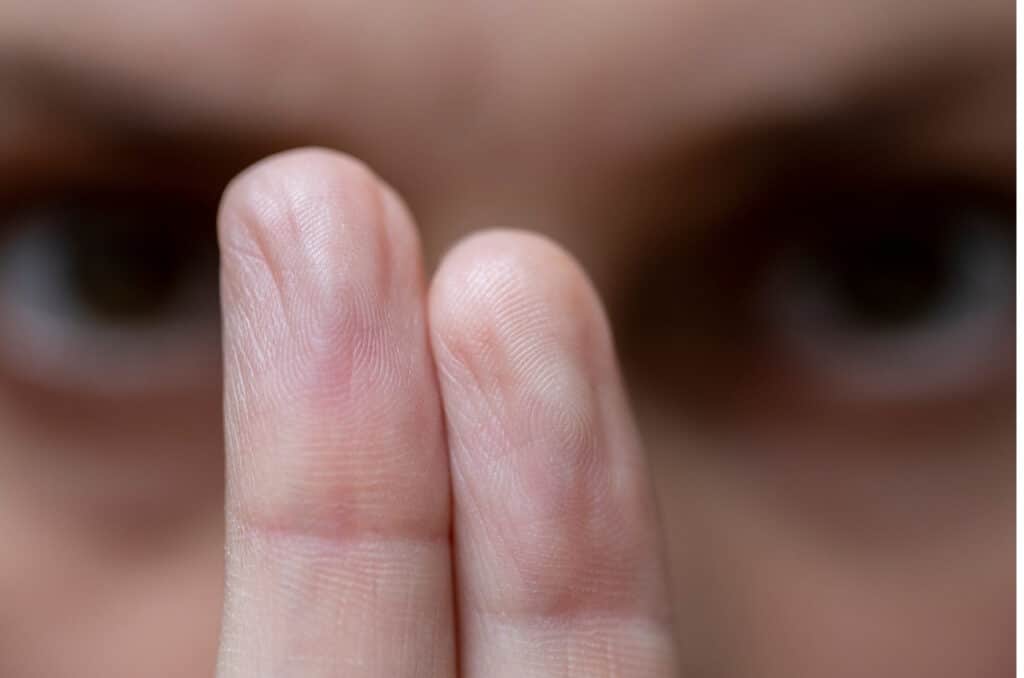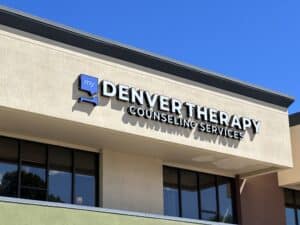Do you ever feel like past experiences, big or small, still have a hold on you? Maybe a distressing memory replays unexpectedly, intrusive thoughts disrupt your peace, or certain situations trigger intense anxiety or physical reactions. It can feel like being stuck, unable to move forward fully. If this resonates, you might be interested in learning about a powerful, evidence-based therapy offered right here in Denver: EMDR.
EMDR therapy can sound complex or even intimidating at first glance. Our goal here is to demystify it, explain how it works based on our brain’s natural processes, walk you through what to expect, and address common questions we hear at My Denver Therapy.
What Exactly IS EMDR Therapy? Beyond the Acronym
EMDR stands for Eye Movement Desensitization and Reprocessing. Developed by Dr. Francine Shapiro, it’s a structured psychotherapy approach primarily designed to help people heal from trauma or other distressing life experiences.
The core goal of EMDR isn’t to erase memories, but rather to help your brain process and integrate them in a healthier way. When memories are properly processed, they lose their disruptive emotional charge. You don’t forget what happened, but you’re no longer overwhelmed by the thoughts, feelings, and physical sensations associated with it when you recall the event or encounter triggers.
The Science Behind EMDR: How Does it Help the Brain Heal?
To understand how EMDR works, it helps to know a bit about how the brain naturally handles experiences. Our brains have an Adaptive Information Processing (AIP) system designed to digest experiences and store memories appropriately, learning what’s useful and letting go of the rest.
However, traumatic or highly distressing events can overwhelm this system. The memory can get “stuck” or stored dysfunctionally, essentially frozen in time with the original images, sounds, thoughts, feelings, and body sensations. This is why reminders can feel so intense and immediate, even years later.
EMDR therapy helps “unstick” these memories. It uses Bilateral Stimulation (BLS) – typically guided eye movements, but sometimes alternating taps or sounds – while you briefly focus on aspects of the distressing memory. This BLS seems to stimulate the brain’s natural information processing system, allowing it to finally digest the experience, make adaptive connections, and store the memory in a more functional, less distressing way. Think of it like REM sleep, where eye movements help process daily events; EMDR facilitates a similar process for these stuck memories while you are awake and alert.

The EMDR Journey: What to Expect in Sessions (The 8 Phases)
EMDR is a structured therapy with distinct phases, always guided by a trained therapist who prioritizes your safety and readiness:
- History & Treatment Planning: Your therapist learns about your background, identifies distressing memories or issues you want to work on, and develops a treatment plan.
- Preparation: This crucial phase involves building trust with your therapist and learning coping skills (like calming and grounding techniques) to manage any distress that might arise during or between sessions. You are always in control.
- Assessment: You and your therapist identify the specific memory (“target”) to work on, the negative self-belief associated with it (e.g., “I’m not safe,” “I’m worthless”), the related emotions and body sensations, and a preferred positive self-belief (e.g., “I am safe now,” “I am good enough”).
- Desensitization: While holding aspects of the target memory in mind, you’ll follow the therapist’s guidance for sets of BLS (e.g., eye movements). You just notice whatever comes up without judgment. The therapist guides the process, checking in frequently, until the memory becomes significantly less disturbing.
- Installation: The focus shifts to strengthening the positive self-belief identified in Phase 3, linking it to the original memory using BLS until it feels true.
- Body Scan: You’ll scan your body to check for any residual tension or uncomfortable physical sensations related to the memory, processing them further with BLS if needed.
- Closure: At the end of each processing session, your therapist ensures you feel stable and grounded, using calming exercises learned in the Preparation phase. Processing may continue between sessions.
- Re-evaluation: At the beginning of the next session, you and your therapist assess the previous session’s work and determine the next steps.
For more details on our approach, visit our EMDR Therapy service page.
Clearing Up Confusion: Common Myths About EMDR
There’s some misinformation about EMDR. Let’s clear it up:
- Myth: EMDR is a form of hypnosis.
- Fact: You are fully awake, alert, and in control during EMDR sessions. You are an active participant in your own healing.
- Myth: You have to talk about your trauma in exhausting detail.
- Fact: While some description is needed to identify targets, EMDR involves less talking about the trauma compared to many traditional talk therapies. The focus is more on your internal processing facilitated by BLS.
- Myth: EMDR erases memories.
- Fact: EMDR does not erase memories. It changes how they are stored in your brain so they no longer trigger intense emotional distress. The memory becomes part of your past, not a disruptive part of your present.
- Myth: EMDR is a magic bullet or quick fix.
- Fact: EMDR is an effective therapy, but it’s a process that takes time. The number of sessions varies depending on the individual and the complexity of the issues being addressed. The preparation phase is essential for safety and success.
Does EMDR Work? The Evidence and Recognition
Yes, EMDR is widely recognized as an effective and evidence-based treatment, particularly for Post-Traumatic Stress Disorder (PTSD). Decades of research support its efficacy. Major organizations like:
- The World Health Organization (WHO)
- The American Psychiatric Association (APA)
- The Department of Veterans Affairs (VA) & Department of Defense (DoD)
…all recognize EMDR as an effective therapy for trauma. You can find extensive research information via the EMDR International Association (EMDRIA).
Who Can Benefit from EMDR Therapy?
While initially developed for PTSD, EMDR has been shown to be helpful for a range of issues where past distressing experiences contribute to present-day problems, including:
- PTSD and Complex Trauma (C-PTSD)
- Anxiety Disorders, Panic Attacks, and Phobias
- Grief and Loss
- Performance Anxiety
- Low Self-Esteem stemming from negative experiences
- Certain types of Chronic Pain or Somatic Issues
Our therapists can help determine if EMDR is appropriate for your specific concerns, whether related to trauma or other issues.
Finding EMDR Therapy in Denver with My Denver Therapy
Choosing an EMDR therapist is an important decision. It’s crucial to work with someone who is properly trained and with whom you feel safe and comfortable.
At My Denver Therapy, we have clinicians specifically trained in EMDR therapy who are dedicated to providing skilled, compassionate care. We understand the courage it takes to address difficult experiences and are here to support you through the healing process.
Meet our team of therapists and learn about their specialties, including EMDR.
Ready to explore if EMDR therapy in Denver is the right path for you? Contact My Denver Therapy today for a consultation.
Conclusion:
EMDR therapy offers a structured, evidence-based way to heal from the lingering effects of trauma and distressing life experiences. By harnessing the brain’s natural processing capabilities, EMDR can help you move past “stuck” points, reduce emotional distress, and foster more positive beliefs about yourself. It’s not magic, but it is a powerful tool for transformation, available right here in Denver. Reaching out is the first step toward reclaiming your peace.







